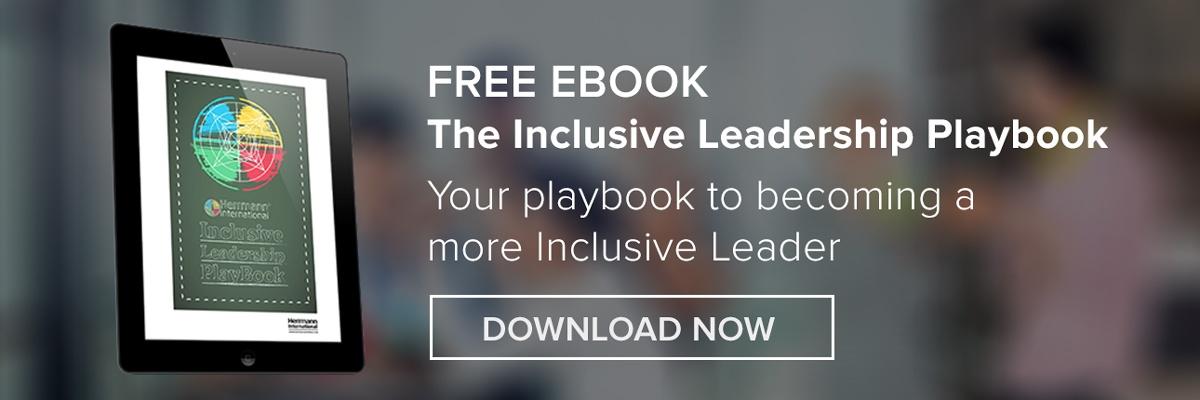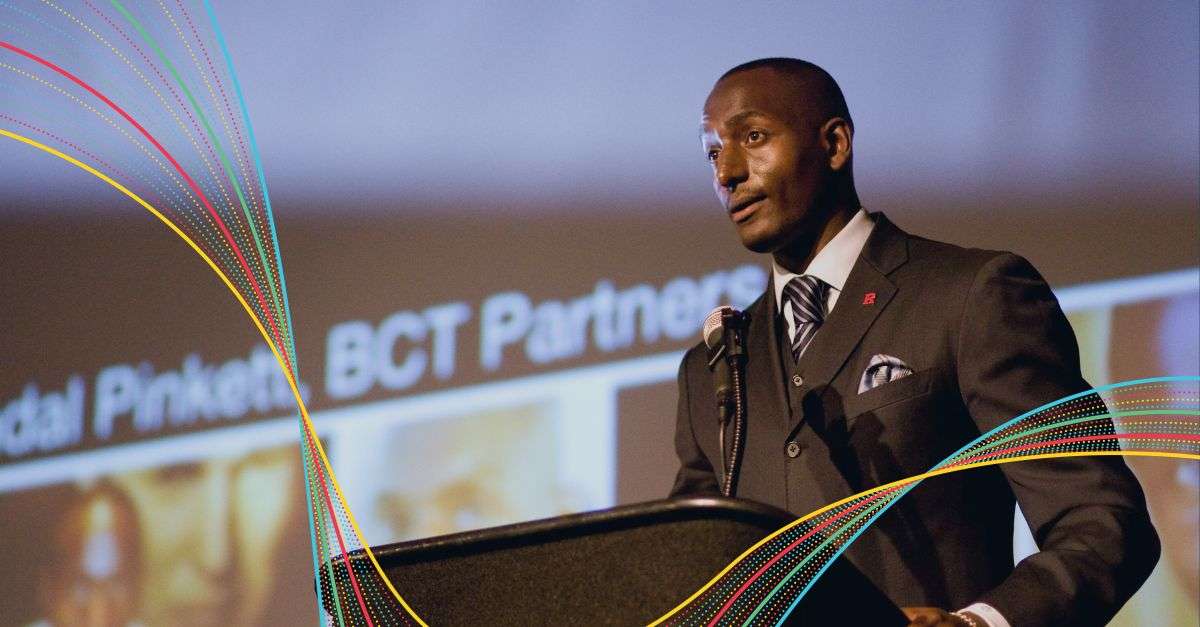Silicon Valley’s “diversity problem” has been getting a lot of attention for years, with articles digging into the lack of inclusive culture among of the technology industry and the growing pressure for change in the industry. There are even dynamic charts that track the diversity of the workforce and leadership in tech companies so you can stay up-to-date on where they are and how they compare. It's not just the technology industry that could stand for an overhaul of DEI policies, though.
Bringing more awareness to the problem, casting a broader net in recruitment and looking at issues like hidden biases in hiring are all good things. Especially when you’re working on creative or complex problems, diversity offers a team or a company tremendous advantages. Our own research bears this out, particularly in the area of diversity of thought, or cognitive diversity.
But workplace diversity needs to be more than a numbers game.
As a recent article looking at the progress of Intel’s $300 million diversity initiative points out, hiring diverse people doesn’t do any good if the people won’t stay. The inclusion and equity side of the equation has to be just as strong if you want to retain, grow and rea;ize the benefits of that diversity.
Of course, different people care about different things. Intel’s chief diversity and inclusion officer notes that retention, engagement and motivation are all personal; you have to understand what someone cares about in order to be able to effectively tailor your retention and career progression strategies for that person.
While Intel touts their neuroscientist-developed tools and programs for helping people get more inclusive, this doesn’t have to be so complicated that you need to know the inner workings of the brain to get started.
In fact, regardless of the make-up of your workforce, diversity of thought is something we all have in common, and the way we prefer to think affects what we pay attention to, how we interact, and the kind of work that most satisfies and fulfills us. So why not start there?
Our blog post on encouraging inner self-motivation offers some easy-to-apply tips for moving away from a one-size-fits-all approach to retention and engagement without requiring you to reengineer everything you’re already doing.
Diversity & Inclusion That Drives Business Results
For those companies motivated primarily by a PR strategy to show that they’re doing something about diversity, hiring and doing a little awareness training may be enough.
But if you’re also interested in fostering a more inclusive, collaborative, creative culture and getting the full benefits of that diversity, you have to do more.
Here are a few key points to keep in mind if you want your workplace diversity efforts to drive business results:
- Managers and team leaders play a pivotal role. If they’re not equipped to appreciate and facilitate diverse perspectives—and hold others accountable for doing the same—everyone loses out.
- Diverse teams take longer to reach consensus, and that’s OK! As long as they have effective leadership and the tools to find synergy, they will come up with much more creative solutions.
- Support inclusion efforts by giving team members the systems and processes to work through communication barriers. Awareness training on its own won’t get you to the results you’re looking for.
Sign up to our newsletter for the latest insights
Photo by Tim Mossholder on Unsplash













